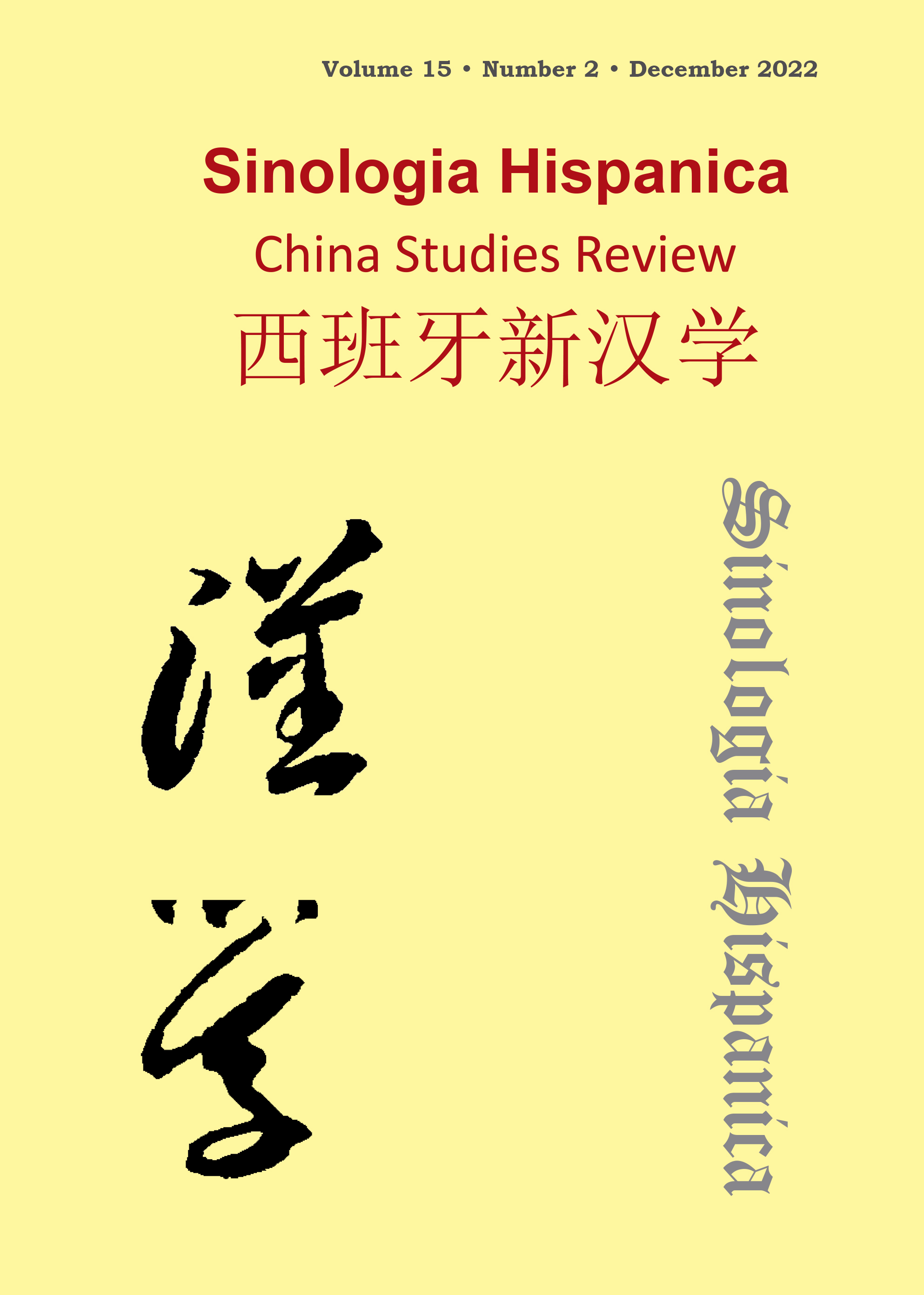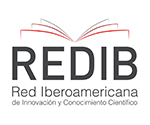文字与图像: 石涛《秋林人醉图》中的友谊、狂放与生的哲学
DOI:
https://doi.org/10.18002/sin.v15i2.7463关键词:
文人画;生的哲学;石涛研究;语图关系摘要
在中国文化传统中,人与自然之间是一种亲和关系。在古人眼中世间万物均有生命力,这种生的哲学关照不仅作为一条崇高的审美原则指导艺术活动进行,而且很大程度上塑造了中国的民族特性。本文试图以生命哲学的角度来探究中国山水画的人文精神。通过对石涛《秋林人醉图》(约1702年)的符号学和社会文化维度分析,本文一方面旨在探索表现秋林饮醉的表达策略,另一方面旨在探究艺术符号背后的终极关怀,以此邀请读者思索不同于风格学与图像学的文人画阐释新路径。
Downloads
Métricas alternativas
Downloads
已出版
Versions
- 2024-03-06 (2)
- 2022-12-22 (1)
How to Cite
期
栏目
License

This work is licensed under a Creative Commons Attribution-NonCommercial-ShareAlike 4.0 International License.
Sinología Hispánica. China Studies Review considers all manuscripts on the strict condition that:
- The authors assign the exploitation rights (reproduction, distribution, public communication and transformation) of the work accepted for publication to the University of León on a non-exclusive basis. Authors can establish, on their own, additional agreements for the non-exclusive distribution of the version of the work published in the journal (for example, placing it in an institutional repository or publishing it in a book), always acknowledging the initial publication. in this magazine.
- The manuscript is your own original work and does not duplicate any other previously published work, including your own previously published work.
- The manuscript is not currently under consideration or peer review, nor accepted for publication, nor in press, nor published elsewhere.
- The manuscript contains nothing that is abusive, defamatory, libellous, obscene, fraudulent, or illegal.
- Please note that Sinologia Hispanica uses Turnitin software to screen manuscripts for unoriginal material. By submitting your manuscript to Sinologia Hispanica you are agreeing to any necessary originality checks your manuscript may have to undergo during the peer-review and production processes. Any author who fails to adhere to the above conditions will be rejected.
- Authors are allowed and encouraged to electronically disseminate the pre-printed versions (version before being evaluated) and / or post-printing (version evaluated and accepted for publication) of their works before publication, since it favors their circulation and dissemination more early and with it, a possible increase in its citation and reach among the academic community.
Sinologia Hispanica is under an international license Creative Commons Attribution-Noncommercial-Share Alike 4.0. You can read more about this license in an informative version and legal text.








